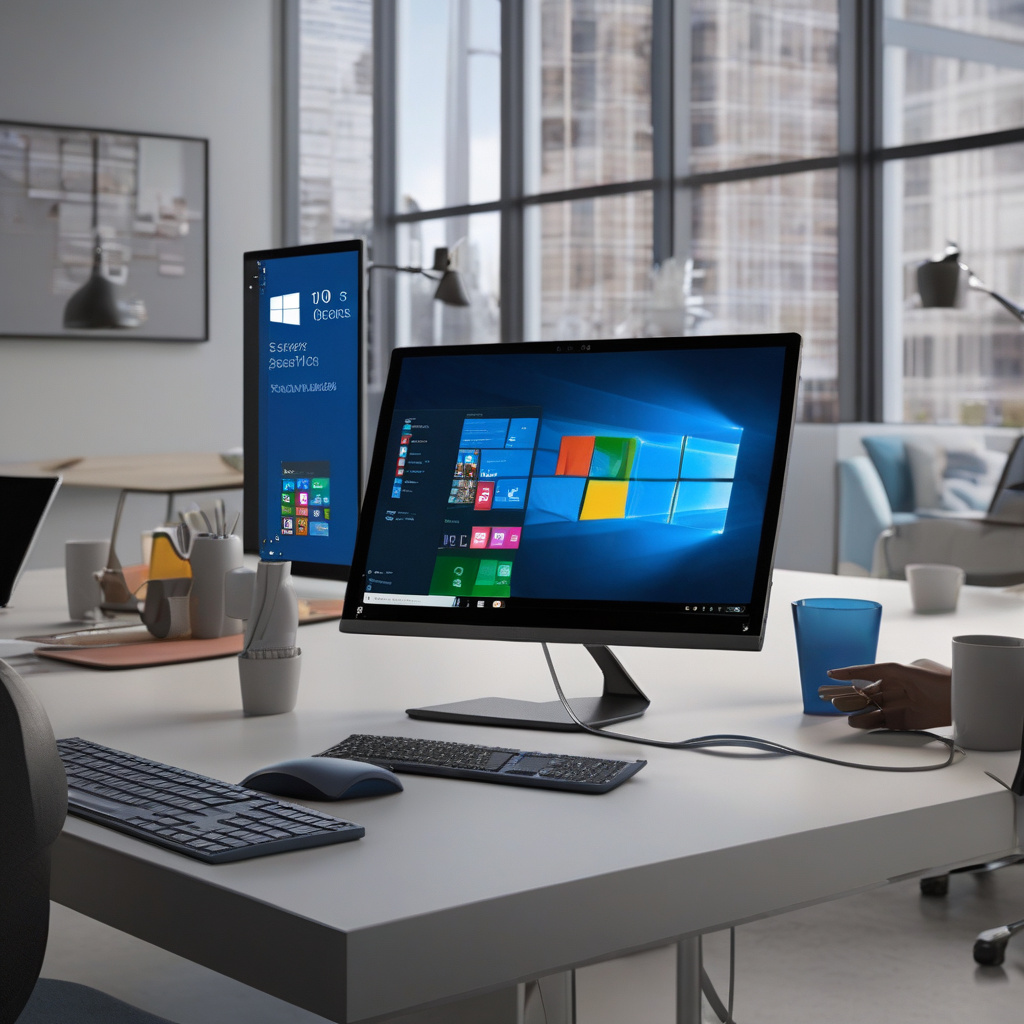In a recent move, Microsoft has unveiled a notable disparity in its approach to Windows 10 Extended Security Updates. While individual users can now access additional security updates for free through various avenues, the same cannot be said for enterprises. This double standard has raised eyebrows within the industry, with experts viewing it as a strategic push rather than a customer-centric move.
For consumers, the options to secure extended security updates include utilizing Windows Backup, redeeming Microsoft Rewards points, or paying a nominal fee. In contrast, businesses are still required to shell out a significant amount per device for the same coverage, with no free alternatives in sight. This disparity emphasizes Microsoft’s clear intention to drive enterprise customers towards adopting Windows 11, as highlighted by Dario Maisto, a senior analyst at Forrester Research.
The enterprise landscape remains unchanged, with businesses facing a structured fee system that escalates annually. Despite the availability of options through the Microsoft Volume Licensing Program, the costs associated with the Extended Security Updates program can be substantial for organizations with a large number of Windows 10 devices.
While some enterprises may opt for the ESU subscription as a temporary cost-saving measure, there are warnings about accumulating “strategic debt.” This short-term relief may come at the expense of readiness for future workloads in the AI era. However, the additional time provided by ESU could offer organizations a window to strategize for a smooth transition to Windows 11.
Microsoft’s calculated approach underscores a clear agenda to steer organizations towards higher-margin revenue streams, such as Windows 365 and Azure Virtual Desktop. The emphasis on cloud services for consumers and the absence of free pathways for enterprises highlight the company’s strategic priorities.
Despite the benefits of Extended Security Updates in patching critical vulnerabilities, it’s essential to recognize the limitations. The program does not encompass new features, non-security bug fixes, or technical support, leaving organizations vulnerable in terms of compliance and evolving security frameworks.
Moreover, the requirement for cloud backup as part of the consumer ESU option may pose challenges for enterprises with stringent data policies. The implementation complexity of ESU programs further adds to the burden for IT teams, requiring coordination across departments and reliance on community forums for technical support.
In conclusion, Microsoft’s differential treatment towards consumers and enterprises in the realm of Windows 10 security updates underscores the company’s strategic direction. While the ESU program offers a temporary respite for organizations, the escalating costs signal a clear message: the time to transition to Windows 11 is imminent. As IT leaders navigate this landscape, a balance between immediate needs and long-term strategic planning is crucial to ensure a smooth transition in the ever-evolving tech environment.

